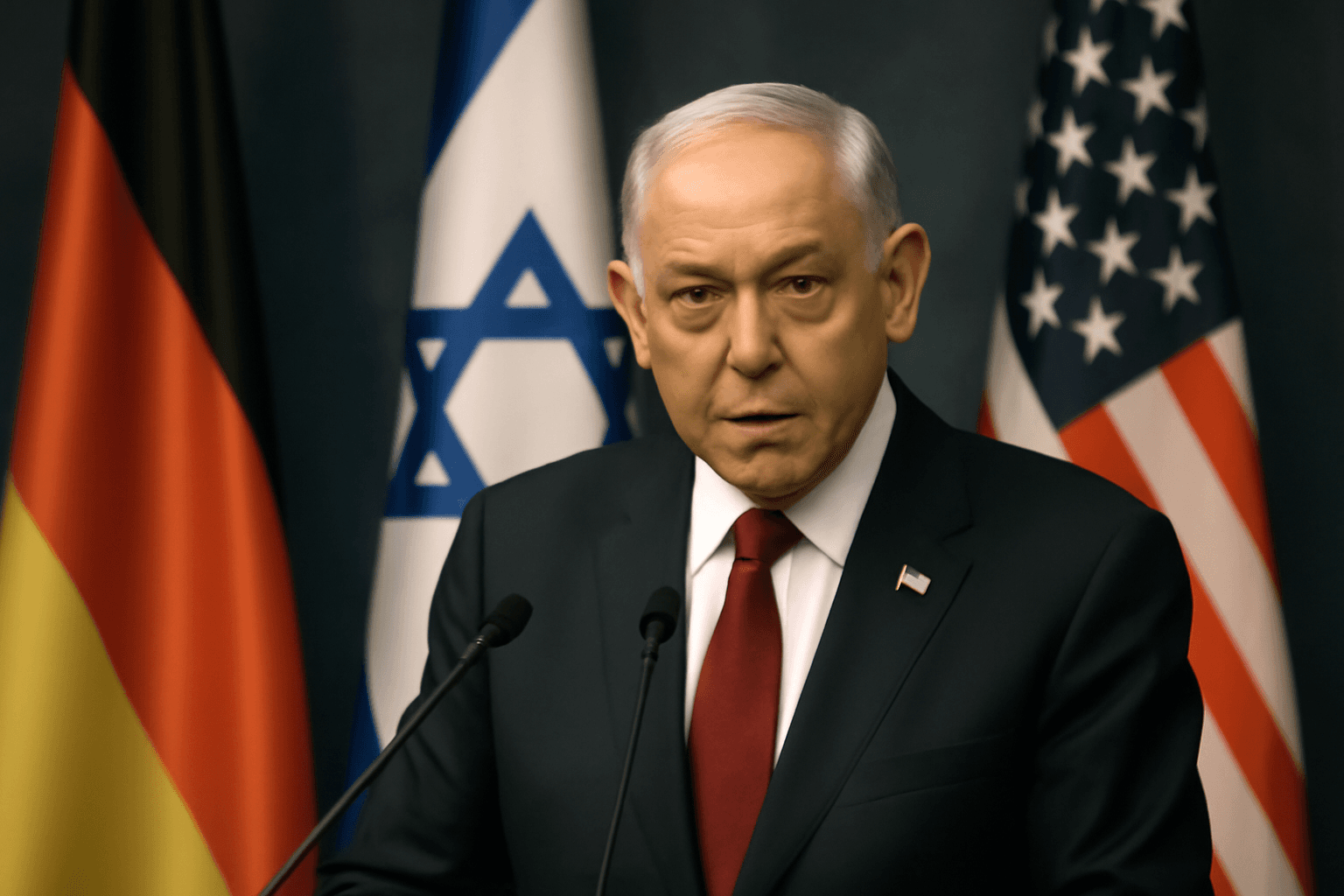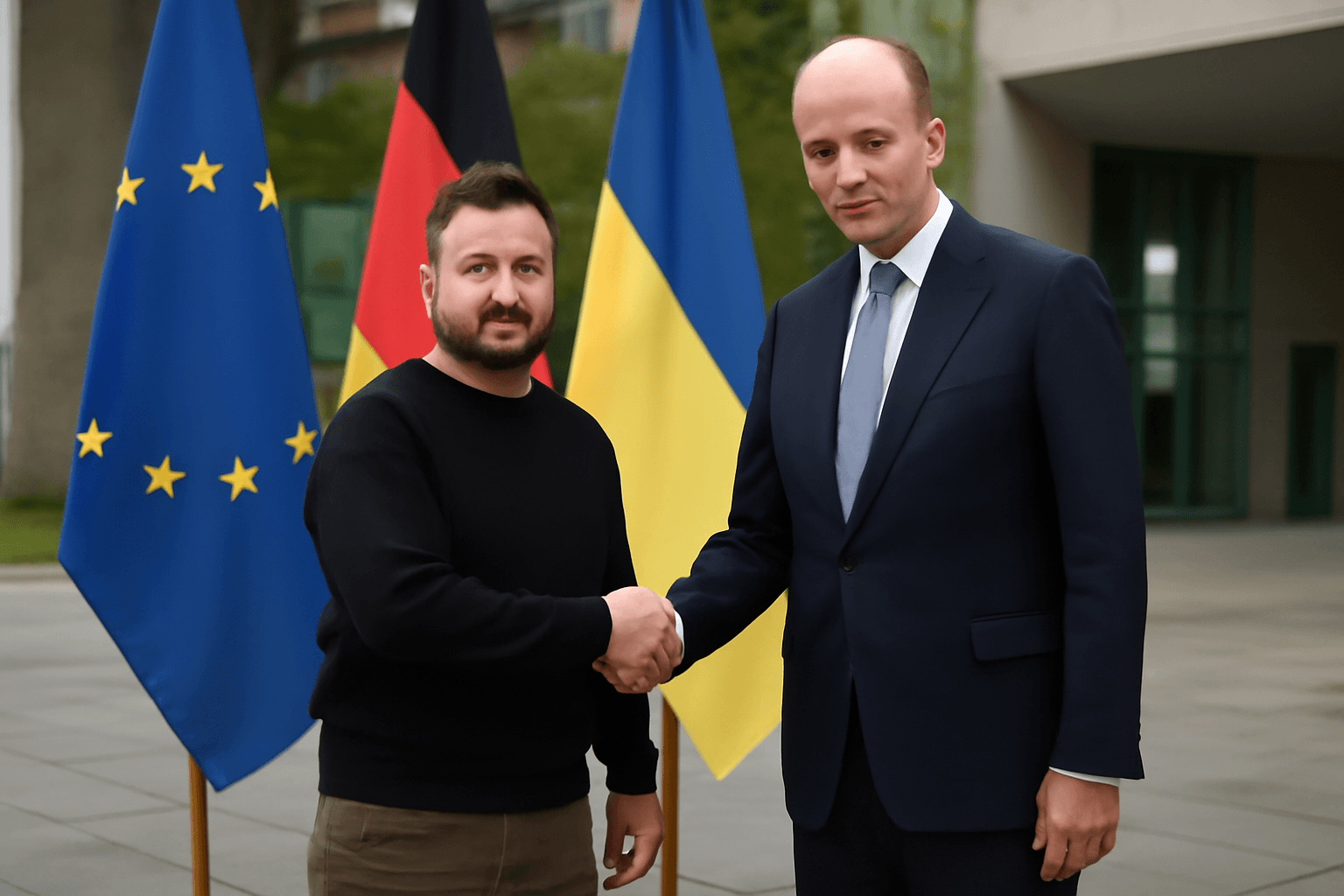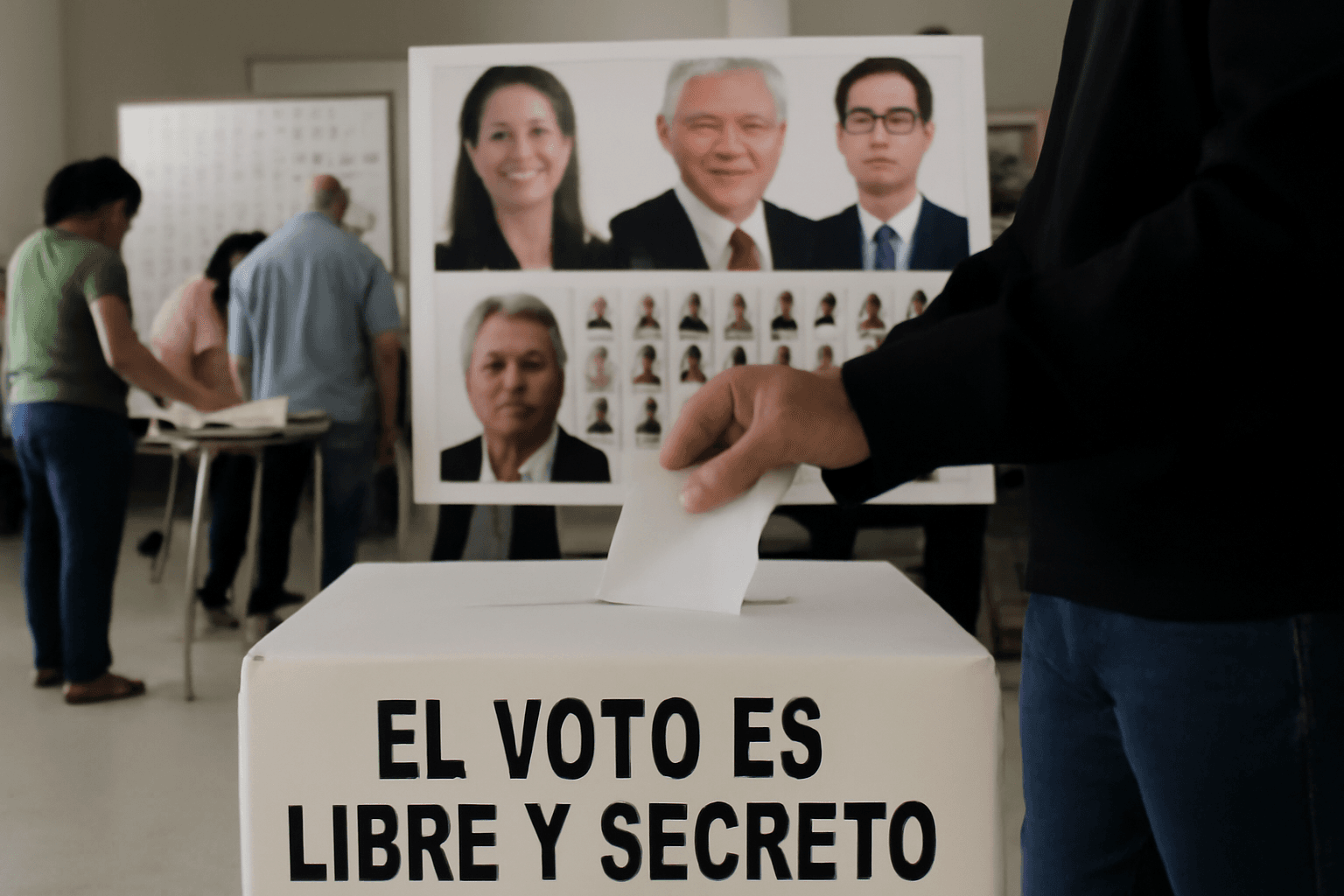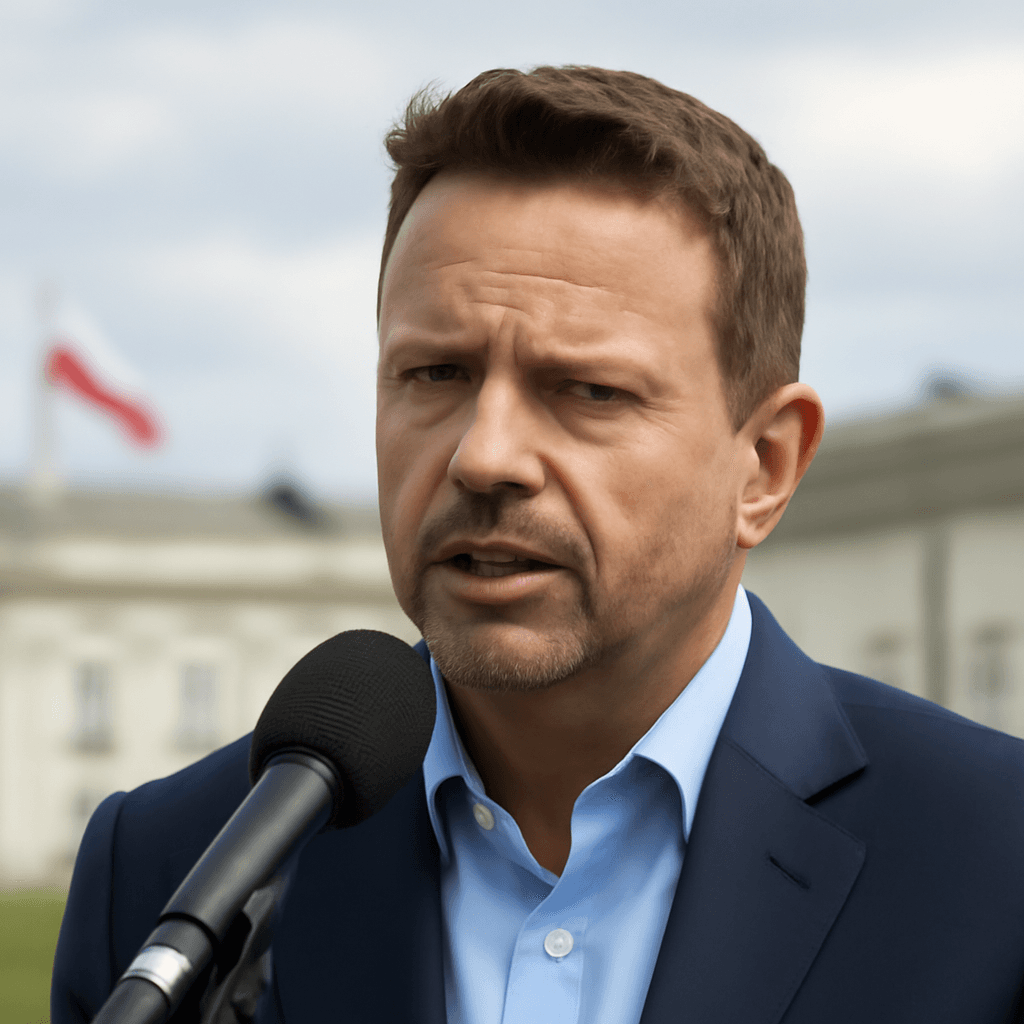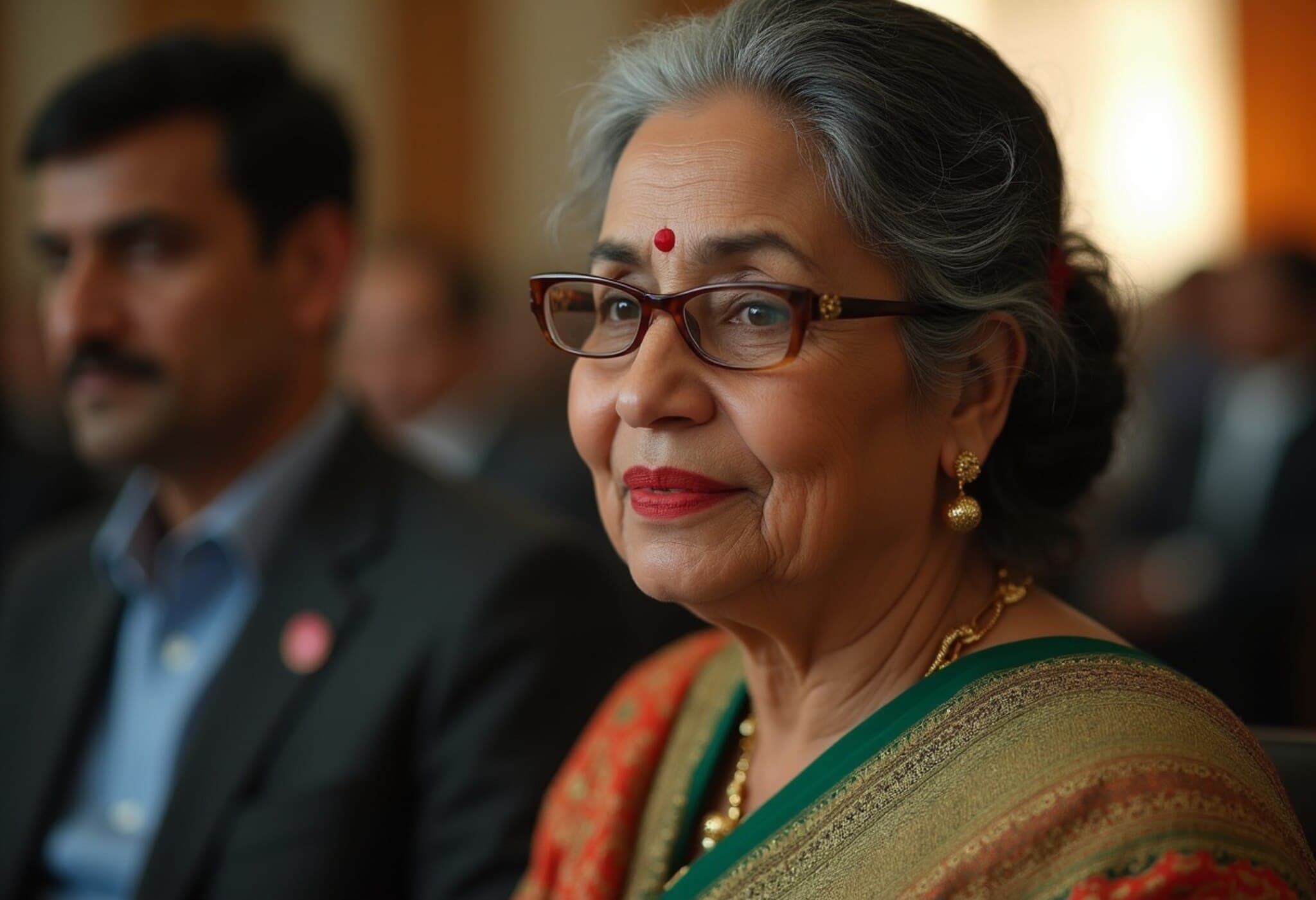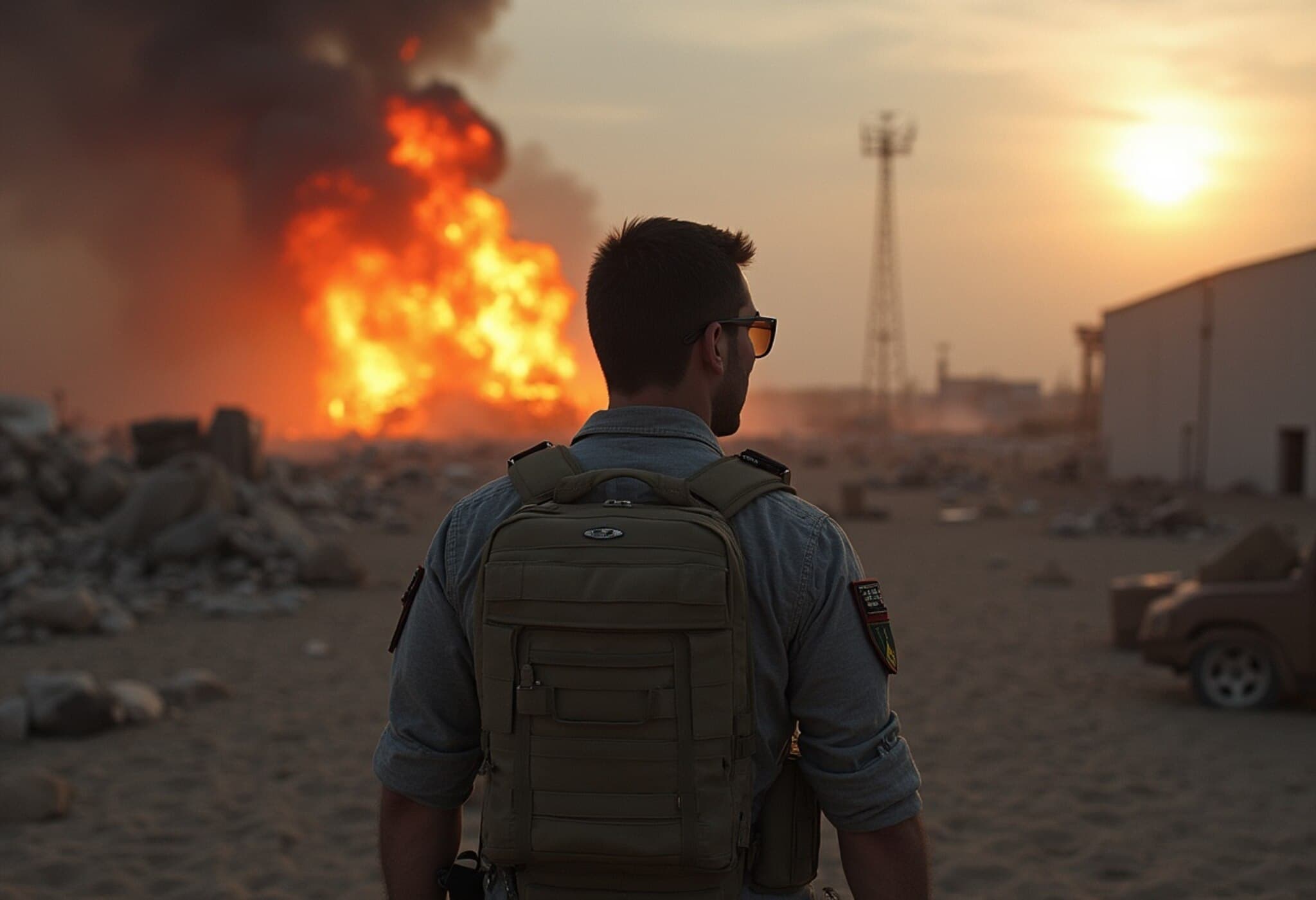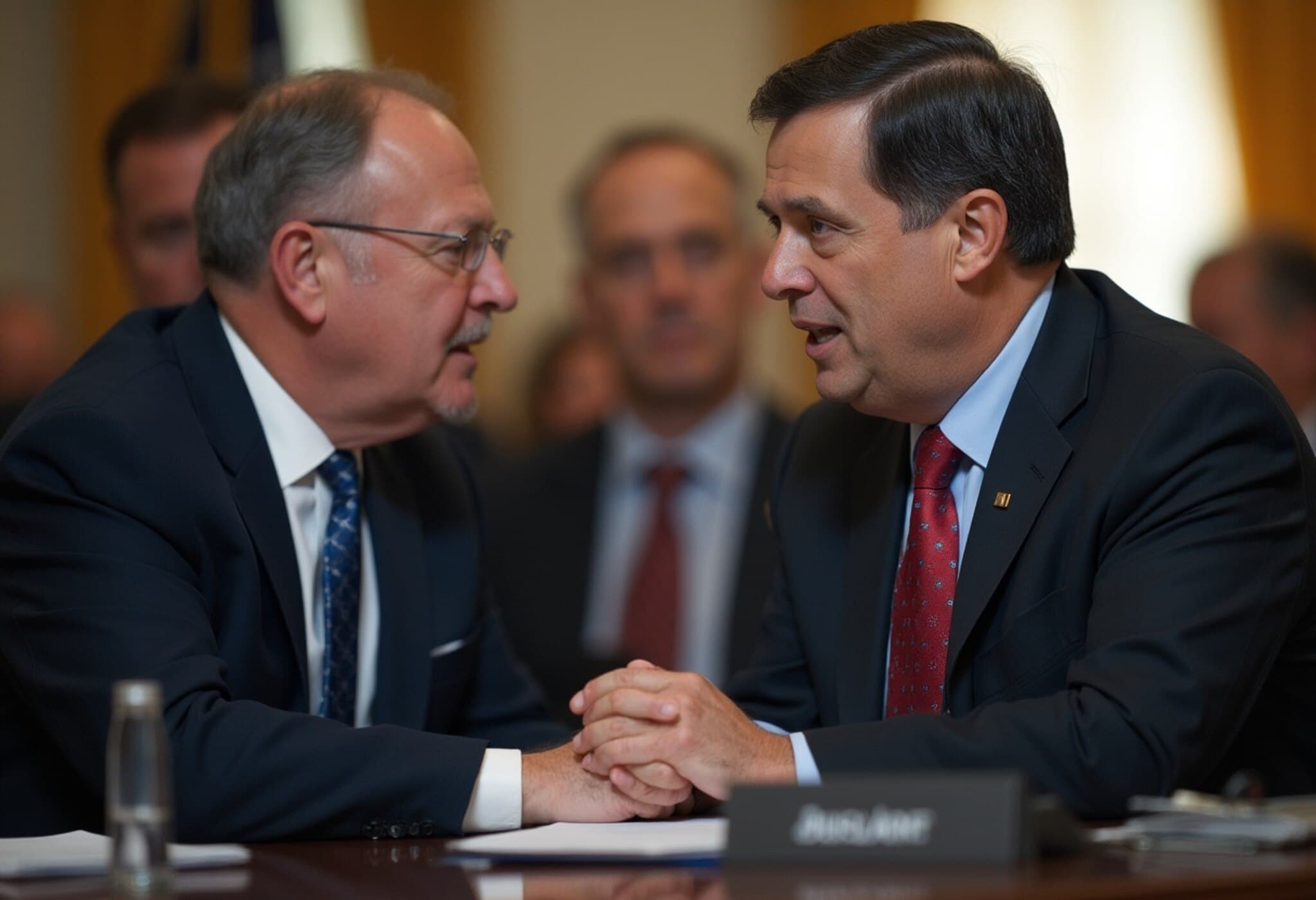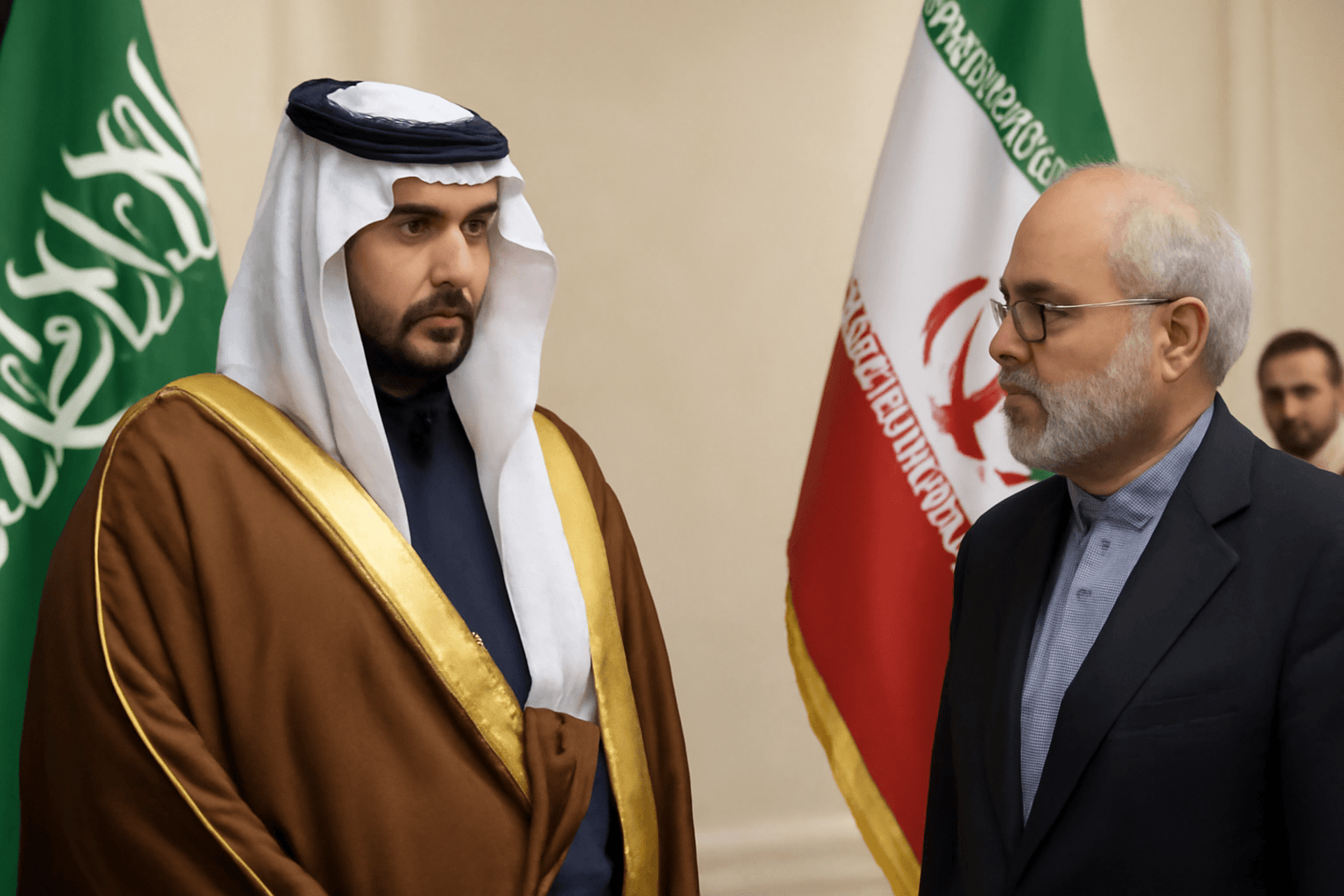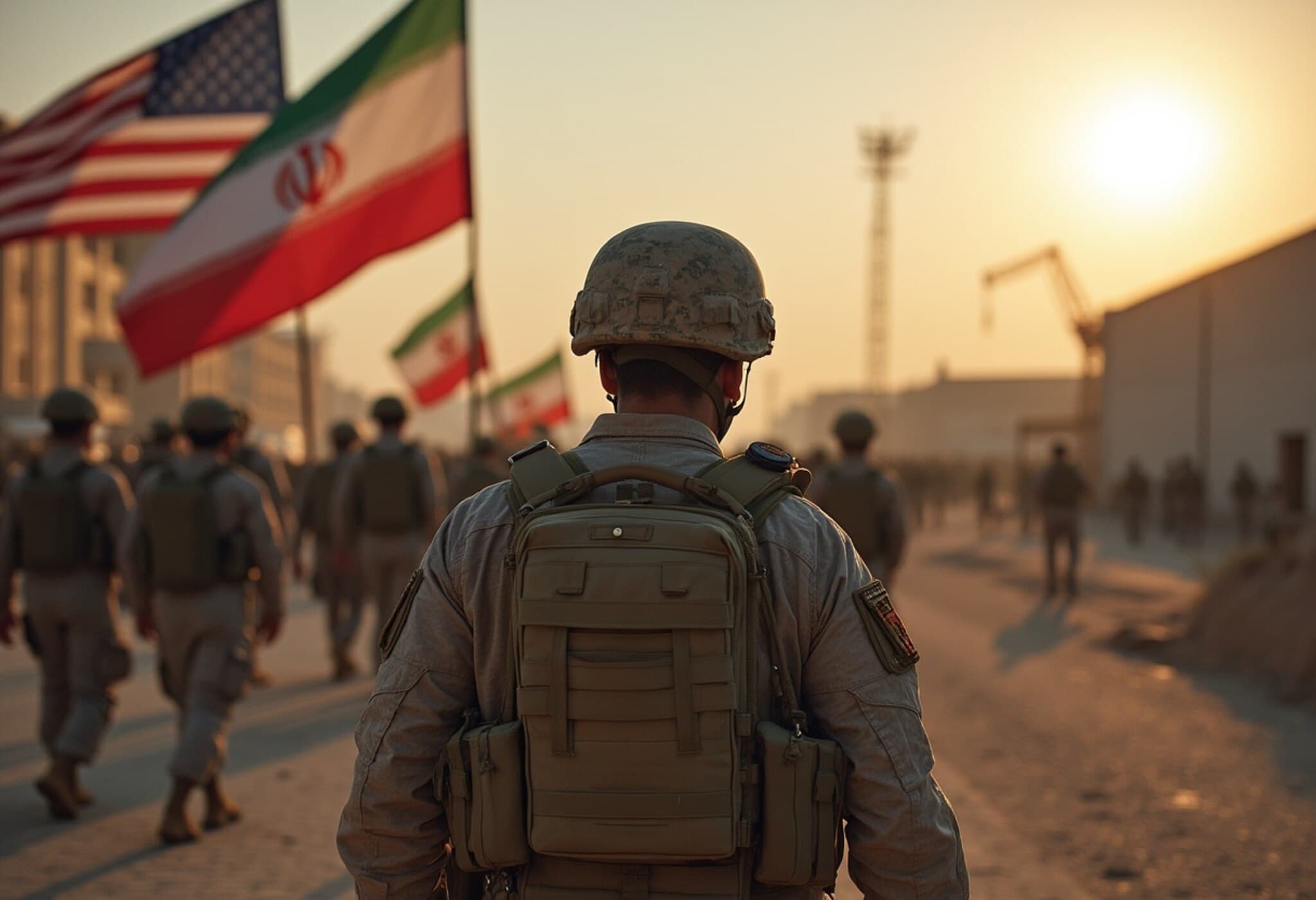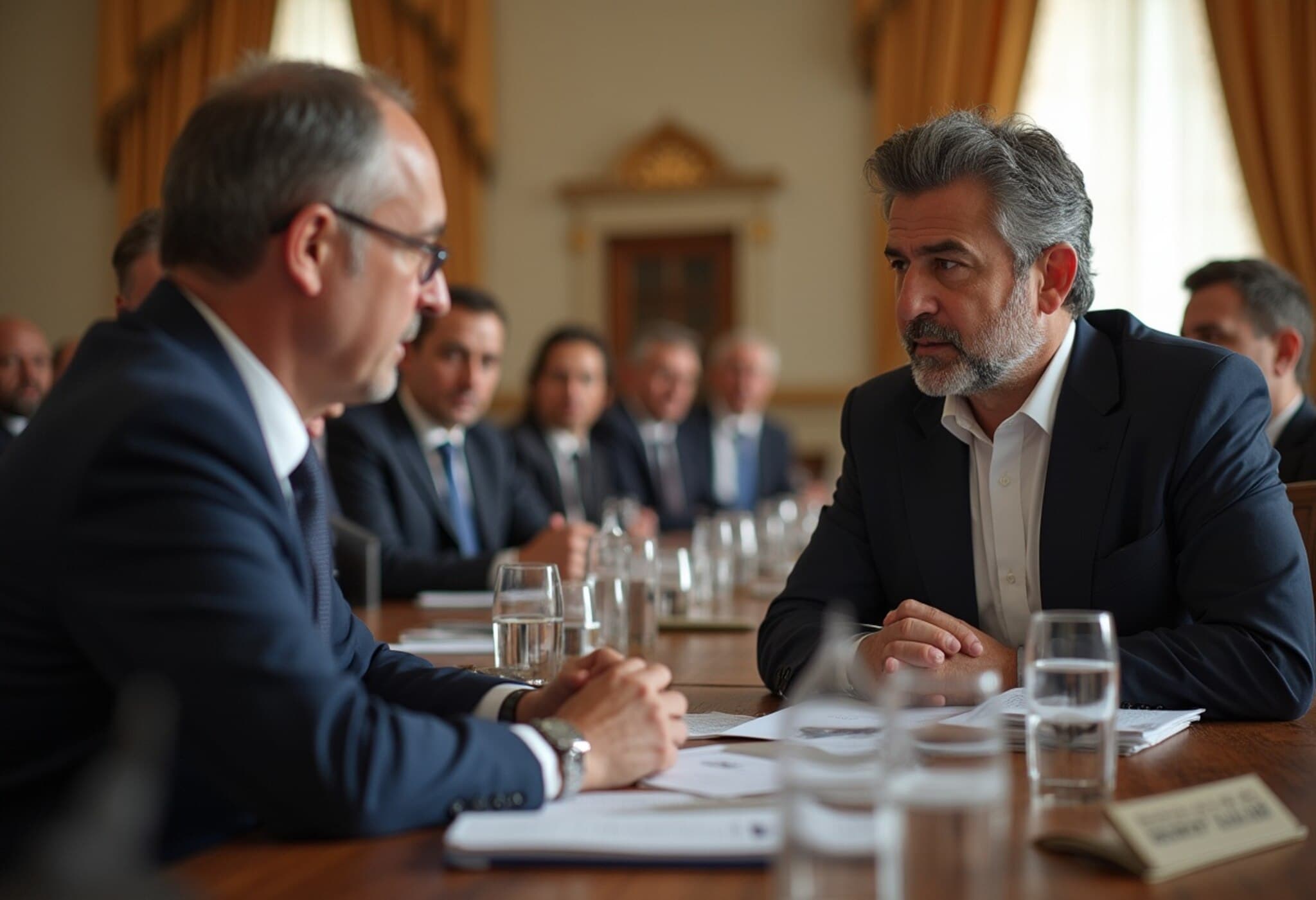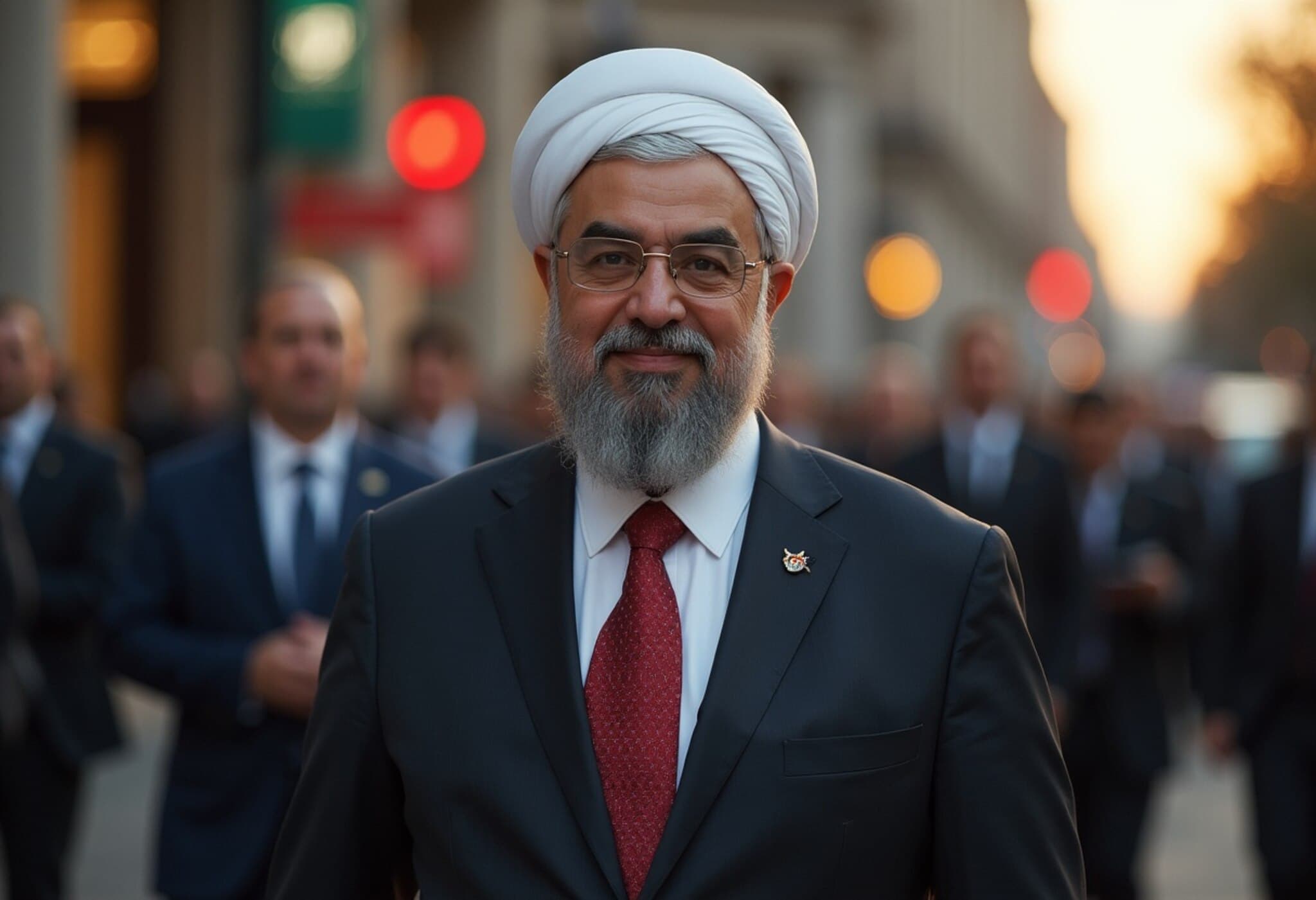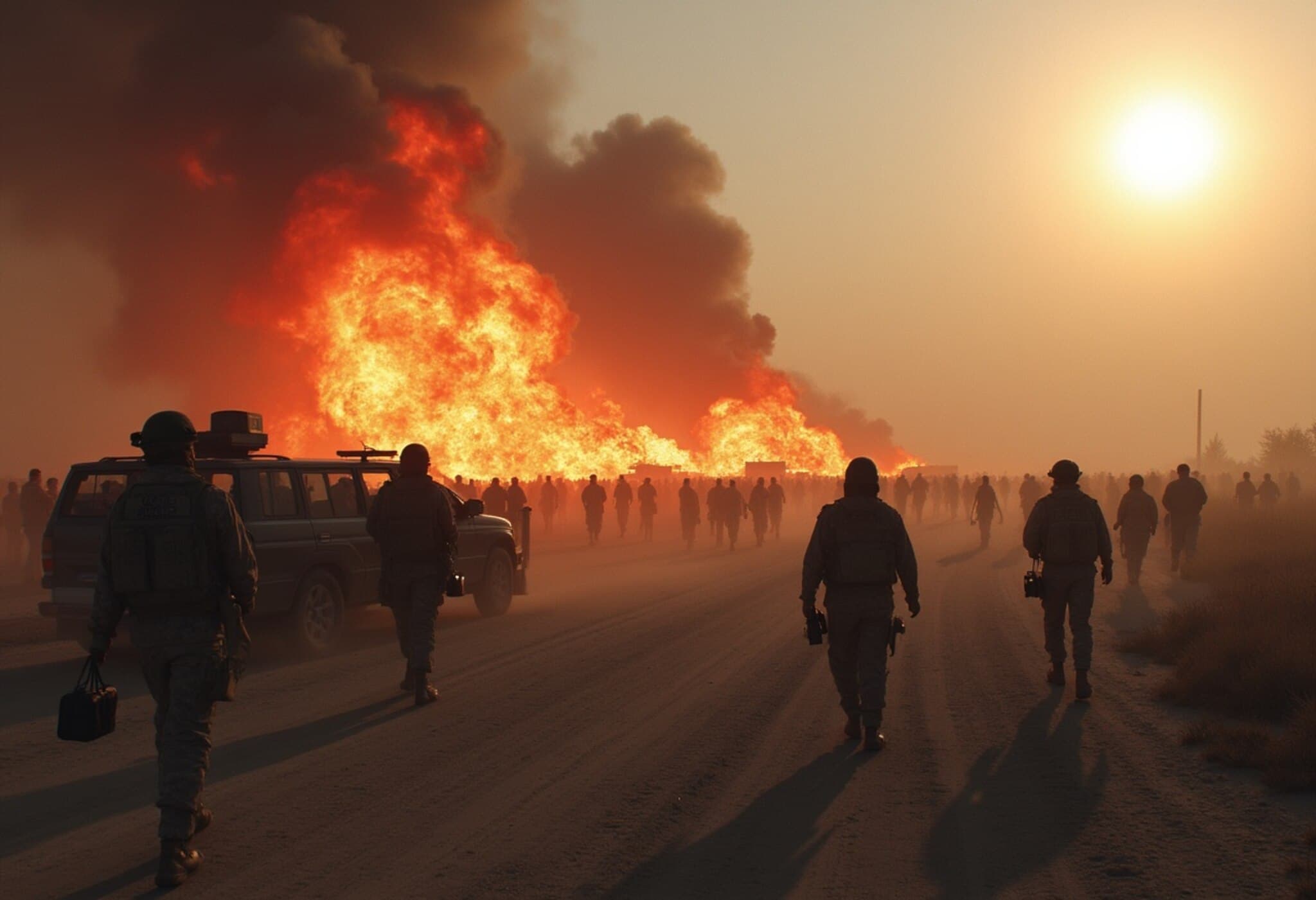Escalating Tensions Shadow US-Iran Nuclear Negotiations
The geopolitical landscape in the Middle East is shifting rapidly as the United States takes significant measures amidst faltering nuclear talks with Iran. Recent developments underscore a stark departure from the previously optimistic, albeit indirect, discussions aimed at reviving the nuclear deal.
US Troop Withdrawals Signal Heightened Risk
Amid growing friction, the Pentagon has initiated the withdrawal of troops and non-essential personnel from key embassies in Baghdad, Kuwait, and Bahrain. This move, confirmed by US President Donald Trump, highlights concerns over potential danger in the region. "They are being moved out because it could be a dangerous place, and we will see what happens," Trump stated, emphasizing the administration's apprehension.
Additionally, US government employees in Israel face travel restrictions, limiting movement outside major urban centers like Tel Aviv, Jerusalem, and Be'er Sheva. The embassy’s security advisory underscores the need for heightened personal awareness amid ongoing threats such as missile and drone incursions.
The Nuclear Deal: Hopes and Hurdles
Both Washington and Tehran initially expressed a mutual desire for an agreement, each motivated by distinct goals. For the US administration, a successful deal represents a significant political and diplomatic achievement, while Iran seeks relief from crippling international sanctions.
However, optimism has waned. Trump publicly criticized Tehran for delays, noting, "I'm less confident now than I would have been a couple of months ago." On the flip side, Iran accuses the US of insincerity and insists on its right to enrich uranium peacefully, as per its interpretation of the Nuclear Non-Proliferation Treaty obligations.
Key Sticking Point: Uranium Enrichment
The primary obstacle remains Iran's domestic uranium enrichment program. Initially, the US had shown some flexibility towards allowing low-level enrichment for civilian purposes. Yet, Trump’s stance hardened, declaring zero enrichment as the non-negotiable baseline, much to Tehran's chagrin.
Iran argues this right is enshrined under the 1970 NPT agreement, supporting peaceful nuclear energy development. Nonetheless, concerns mount as Iran's uranium enrichment purity now reportedly reaches 60%—a significant leap from the 3.67% cap set in the 2015 nuclear accord. This advanced level borders on weapons-grade and has raised alarms internationally.
Military Threats Cast a Shadow Over Diplomacy
Warnings have gotten sharper on both sides. Trump has hinted at the possibility of US or Israeli airstrikes against Iranian nuclear sites should talks collapse. In response, Iran’s defense minister has vowed a decisive military retaliation, threatening to target American bases throughout the region without hesitation.
This deadlock is particularly volatile given Iran's demonstrated missile capabilities, which inflicted notable damage in previous strikes. Analysts warn that any direct confrontation could escalate into a devastating conflict with widespread regional and global consequences.
Prospects for Compromise Remain Uncertain
Despite public rigidity, some proposals offer potential middle ground—such as establishing a regional nuclear consortium enabling low-level uranium enrichment under strict controls, with commitments to eventually cease all enrichment activities.
Yet, these ideas remain largely conceptual. Experts highlight Iran's demand for permanent guarantees of its enrichment rights, alongside clear sanctions relief, as essential prerequisites for any durable agreement. The current US proposal falls short in their eyes, further complicating negotiations.
Looking Ahead: Talks and Regional Implications
US Middle East envoy Steve Witkoff is scheduled to meet Iranian Foreign Minister Abbas Araghchi in Oman soon, reflecting a continued, albeit cautious, diplomatic engagement.
Meanwhile, tensions between Israel and Iran persist, with reports suggesting that Israel is preparing for potential escalations. The sheer scale of Iran, home to 93 million people and significantly larger than neighboring Iraq, magnifies the stakes.
While various analysts believe a military confrontation remains avoidable for now, the situation demands close attention. Partial evacuations and personnel adjustments may be strategic moves to manage pressure before upcoming diplomatic rounds.
Conclusion
The US-Iran nuclear negotiations stand at a crossroads. The intersection of hardened positions on uranium enrichment, looming threats of military action, and vital economic sanctions relief complicate progress. As the clock ticks, the world watches closely—hoping for diplomacy to prevail over conflict in this pivotal moment for Middle East stability.


